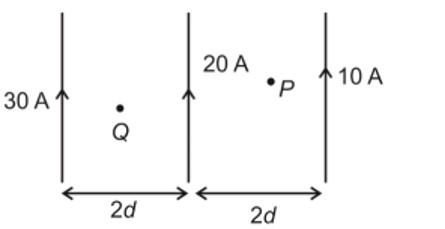What is the core difference between self and mutual induction according to Faraday and Henry?
What is the core difference between self and mutual induction according to Faraday and Henry?
-
1 Answer
-
They core difference between these two terms lies in the fact that self induction involves only one coil as compared to mutual induction involving two. In mutual induction, the change of electric current in one coil produces a magnetic field which results in generating EMF in the second coil. Whereas there is no concept of neighbouring coil in self induction and everything happens within the one coil itself.
Similar Questions for you
This negative sign is a result of the derivation of Lenz's law, which is used to signify the principle of conservation of energy. As per this law, the EMF always opposes the flow of magnetic flux in a circuit. And if this doesn't happen, the fundamental laws and theories of physics can be proved wrong by changing the magnetic flux.
Galvanometer is a device having low resistance which is used to detect tiny bits of electric current scattered among different directions in the circuit. Whereas, a voltmeter is used to calculate the potential difference between two different points in the circuit. A galvanometer can also be used as a voltmeter if connected to high resistance in a series.
The direction of induced emf is to oppose changing flux.
Taking an Exam? Selecting a College?
Get authentic answers from experts, students and alumni that you won't find anywhere else
Sign Up on ShikshaOn Shiksha, get access to
- 66k Colleges
- 1.2k Exams
- 680k Reviews
- 1800k Answers



